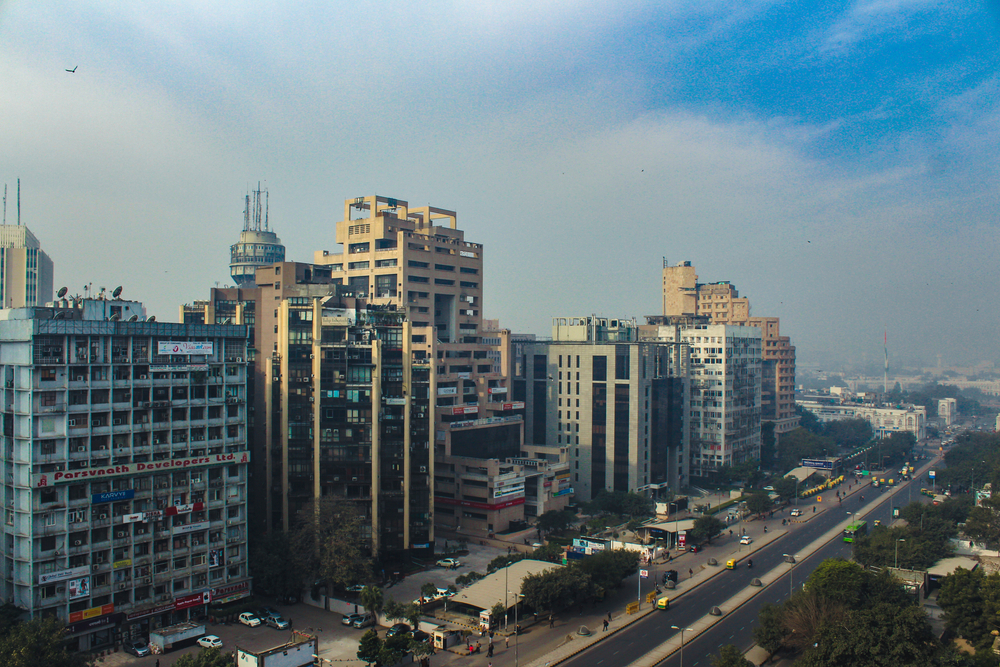
Priyanka Kishore
Priyanka Kishore has more than a decade’s experience in macroeconomic research and forecasting, with a special focus on Asia. She is currently the Asia Economist for a leading peer group forum for CEOs and senior executives in the region, IMA Asia. Previously, Priyanka was Oxford Economics’ Chief India and South East Asia economist.







